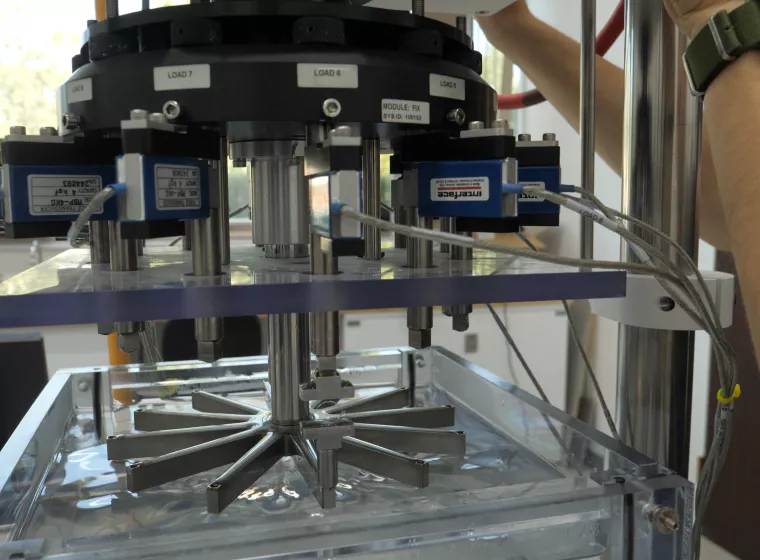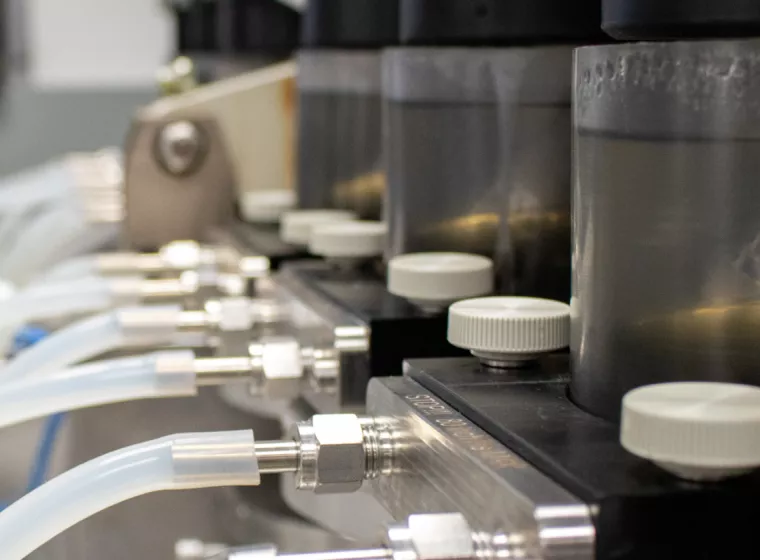September 20, 2023
Major updates to ISO 10993 Part 17 provide guidance on performing toxicological risk assessments of medical device constituents
After the September arrival of a revised international standard, medical device companies and toxicological risk assessors will need to understand and implement the new procedures for carrying out toxicological risk assessments in future regulatory submissions of medical devices.
This month the International Organization for Standardization (ISO) published an updated standard, "ISO 10993-17 Biological evaluation of medical devices — Part 17: Toxicological risk assessment of medical device constituents," the first update since Part 17 was published over twenty years ago in 2002. If recognized and adopted by the Food and Drug Administration and other international regulatory authorities, the updated standard would mean major changes that would impact how toxicological risk assessments are performed for medical devices.
Revised guidance on medical device constituent toxicological risk assessment
The revised standard provides guidance on the proper conduct of toxicological risk assessments for extractable and leachable constituents identified in chemical characterization studies. The standard includes new and improved procedures for deriving a tolerable contact level (TCL), tolerable intake (TI) — including application of uncertainty factors (UF) — and worst-case estimated exposure dose (EED).
A new section on use of a toxicological screening limit (TSL) for chemical constituents will help risk assessors to narrow down the constituents that require an assessment, saving time and effort. In addition, the new standard now provides risk acceptance criteria to evaluate the margin of safety (MOS) for each constituent. The standard also clarifies risk scenarios for when a toxicological risk assessment is recommended and outlines alternative mitigation methods for potential harm.
Highlighted changes to ISO 10993-17:2023
Some of the biggest changes expected to impact medical device toxicological risk assessments include:
- Use of a toxicological screening limit (TSL) for determining which chemical constituents to prioritize in a risk assessment, based on threshold of toxicological concern (TTC) values and duration of device contact
- Application of an estimated exposure dose (EED) for each constituent, considering the duration of device contact and constituent release kinetics (either estimated or based on kinetics data)
- Summation of exposure estimates of multiple constituents that have a common toxicological mechanism of action or structural similarities
- Modifications for tolerable intake (TI) derivation, including revised guidance for uncertainty factors (UF) and accounting for differences in bioavailability when extrapolating between exposure routes
- Expanded guidance on use of a cancer risk TI
- Risk acceptance criteria to evaluate the margin of safety for constituents
Understanding these changes and how to implement them in a properly conducted toxicological risk assessment based on chemical characterization study data will be key for regulatory submissions of medical devices once the updated ISO 10993-17:2023 is adopted by regulatory agencies.
What Can We Help You Solve?
Exponent medical device consultants provide technical support for premarket regulatory strategy, testing, chemical characterization, and biocompatibility evaluations. We regularly perform toxicological risk assessments according to ISO 10993-17 based on chemical characterization data and help clients prepare thorough medical device submissions for international regulatory agencies.

Medical Device Evaluation
Sophisticated medical device evaluations for a vast array of applications.

Biocompatibility & Biological Risk Assessment
Address biocompatibility challenges throughout the medical-device product lifecycle.

Chemical Toxicology & Health Risk Assessments
Exposure assessments, toxicity evaluations, and support for issues of toxicology and mechanistic biology.

Chemical Regulatory Support
Comply with chemical regulatory standards to optimize environmental and human safety.

In Silico Toxicity Assessments - (Q)SAR
Understand the potential toxicity of substances with no data to support your product lifecycle.



